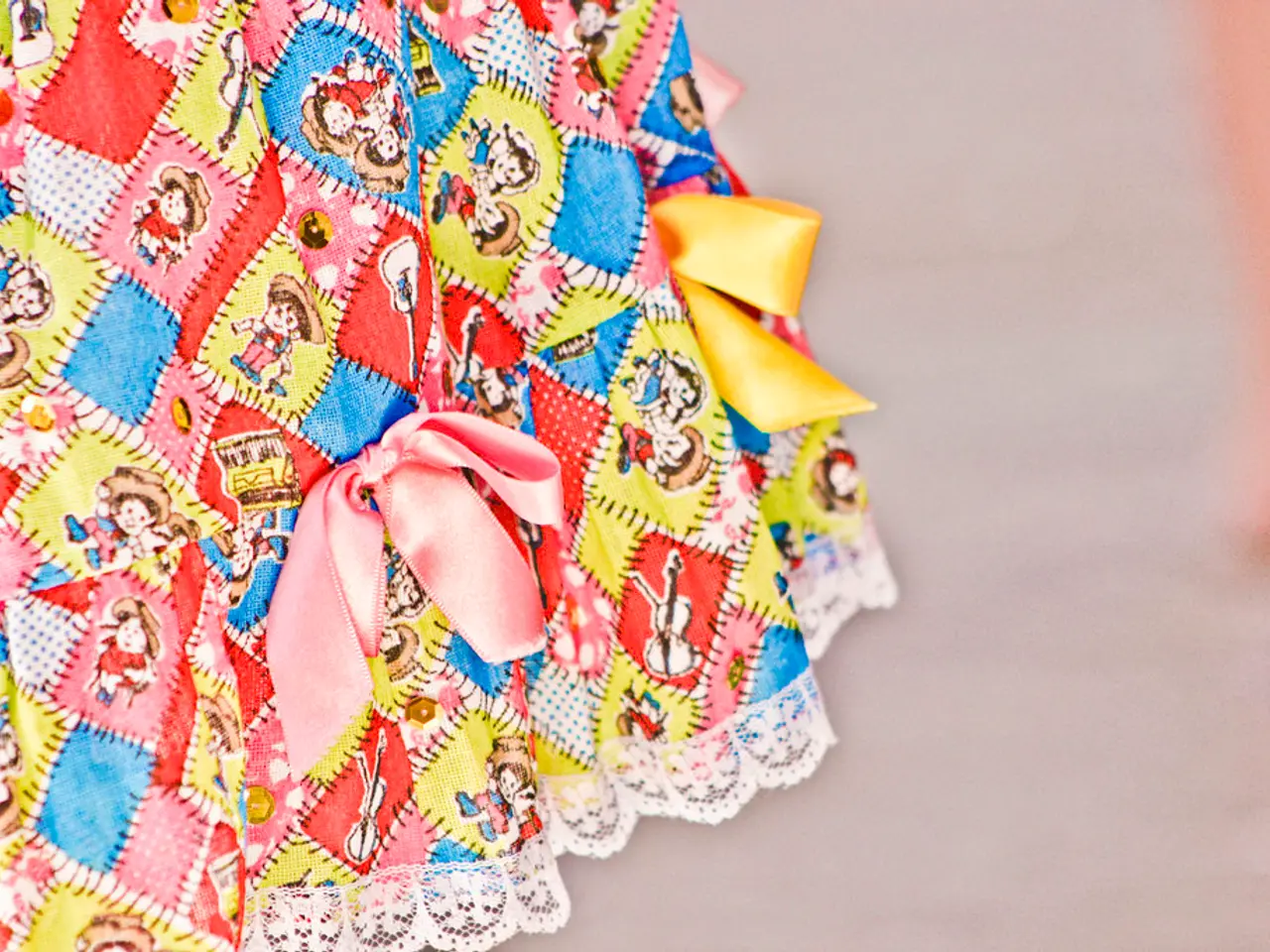Delving Deeper into the Charm of Japan's Kawaii Aesthetic Culture
In the heart of Tokyo's Harajuku neighbourhood in the 1990s, a vibrant street fashion scene emerged, characterised by pastel colours, childlike motifs, and maximalist accessories. This aesthetic, known as kawaii, has since left its mark on global pop culture and the world of big business.
Originating in Japan, kawaii means more than just "cute" or "adorable" in English. It is a complex cultural concept with deep roots, evolving from a nuanced origin in the Taisho era, originally meaning "face flushed" and implying awkwardness, shyness, and childlike vulnerability. Over time, this evolved into a broader cultural aesthetic emphasising childlikeness, innocence, and endearing qualities.
After World War II, Japan experienced rapid modernization and economic growth, catalyzing changes in societal values and consumer culture. Kawaii became a pervasive cultural phenomenon by embodying ideals of softness and vulnerability in contrast to postwar hardships. It shaped fashion, entertainment, and product design, turning cuteness into a marketing tool that appealed broadly and emotionally to consumers.
Pop culture played a critical role in the global diffusion of kawaii. Japanese anime, manga, and idol culture incorporated kawaii aesthetics deeply, portraying characters and celebrities with an innocence and approachability that resonated domestically and internationally. The idol industry especially capitalized on kawaii by promoting young female celebrities with innocent, refreshing personalities, creating a distinctive entertainment niche different from, for example, Korean idol markets.
As global interest in Japanese pop culture grew from the late 20th century onward, fueled by media like anime and character goods such as Sanrio’s Hello Kitty and more recent phenomena like Mofusand (cute cat characters), kawaii aesthetics spread worldwide. This global spread has influenced fashion, design, and consumerism, where kawaii’s emotional appeal drives purchase behavior and cross-cultural pop cultural trends, making "cute" a potent economic and social force.
Artists and artisans in Japan have shown an appreciation for cute things going back centuries, with examples like Edo-era painters who often depicted puppies and dogs in especially cute ways. The debut of "Astro Boy" (Tetsuwan Atomu), created by Osamu Tezuka in 1952, is considered a milestone in the history of kawaii. With his huge eyes, innocent appearance, and heroic adventures, Astro Boy captured the imagination of children and adults alike, and paved the way to more kawaii characters in the spotlight.
Kawaii is fundamentally about joy, self-expression, and openness towards others, transcending boundaries of age, race, nationality, class, and ability. From Hello Kitty to Harajuku fashion, cartoon mascots to cat cafes, communities around the world have embraced kawaii culture and style.
However, it's important to note that kawaii cannot be bought and sold, and it's more than a consumer product or trend. As emphasised by artist and exhibition organiser Sebastian Masuda, kawaii is a state of mind, a feeling, and a way of expressing oneself.
In a research study conducted by Osaka University professor Hiroshi Nittono in 2012, it was shown that "cuteness" impacts behaviour in observers, like increased focus and attention. This emotional appeal is a testament to the enduring power of kawaii in shaping our perceptions and interactions.
In conclusion, kawaii emerged from a cultural and emotional concept tied to femininity and childlike innocence in postwar Japan, evolved into a dominant motif in fashion, entertainment, and consumerism, and expanded globally through media and merchandising, impacting societal values by emphasising vulnerability, approachability, and emotional expression conveyed through "cute" aesthetics.
- In the heart of Tokyo's Harajuku neighborhood in the 1990s, a vibrant street fashion scene emerged, characterized by pastel colors, childlike motifs, and maximalist accessories, which is now recognized as kawaii.
- Kawaii, originating in Japan, carries more significance than just "cute" or "adorable" in English; it embodies deep cultural roots and tradition, evolving from a nuanced origin in the Taisho era.
- The idol industry, especially in Japan, capitalized on kawaii by promoting young female celebrities with innocent, refreshing personalities, creating a distinctive entertainment niche different from, for example, Korean idol markets.
- Artists and artisans in Japan have shown an appreciation for cute things going back centuries, as evidenced by Edo-era painters who often depicted puppies and dogs in especially cute ways.
- The emotional appeal of kawaii has driven purchase behavior and cross-cultural pop cultural trends, making "cute" a potent economic and social force globally.
- Kawaii is more than a consumer product or trend; it is a state of mind, a feeling, and a way of expressing oneself, as emphasized by artist and exhibition organizer Sebastian Masuda.






